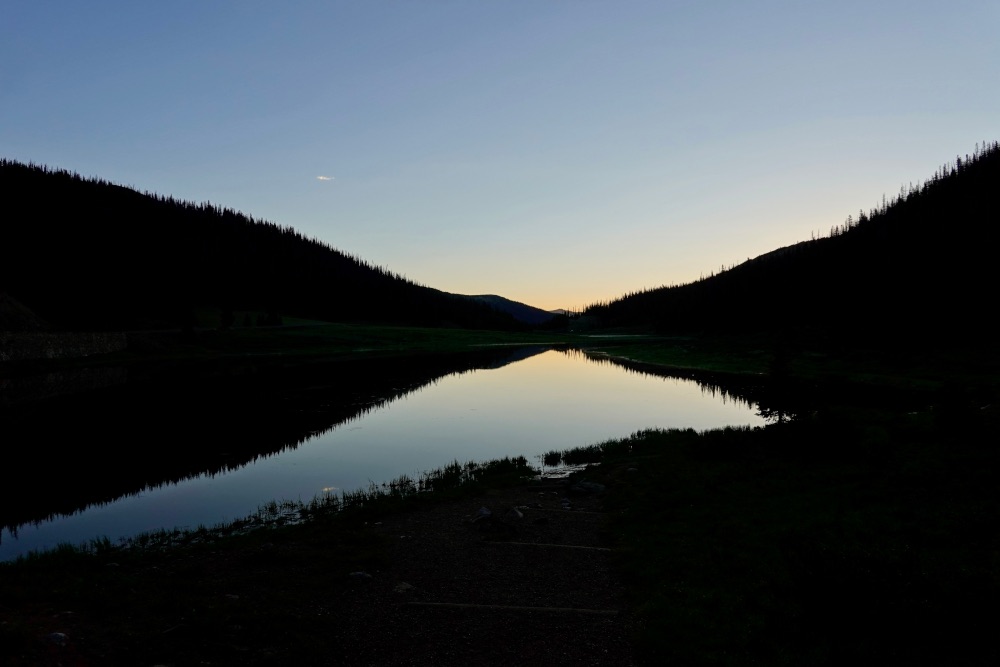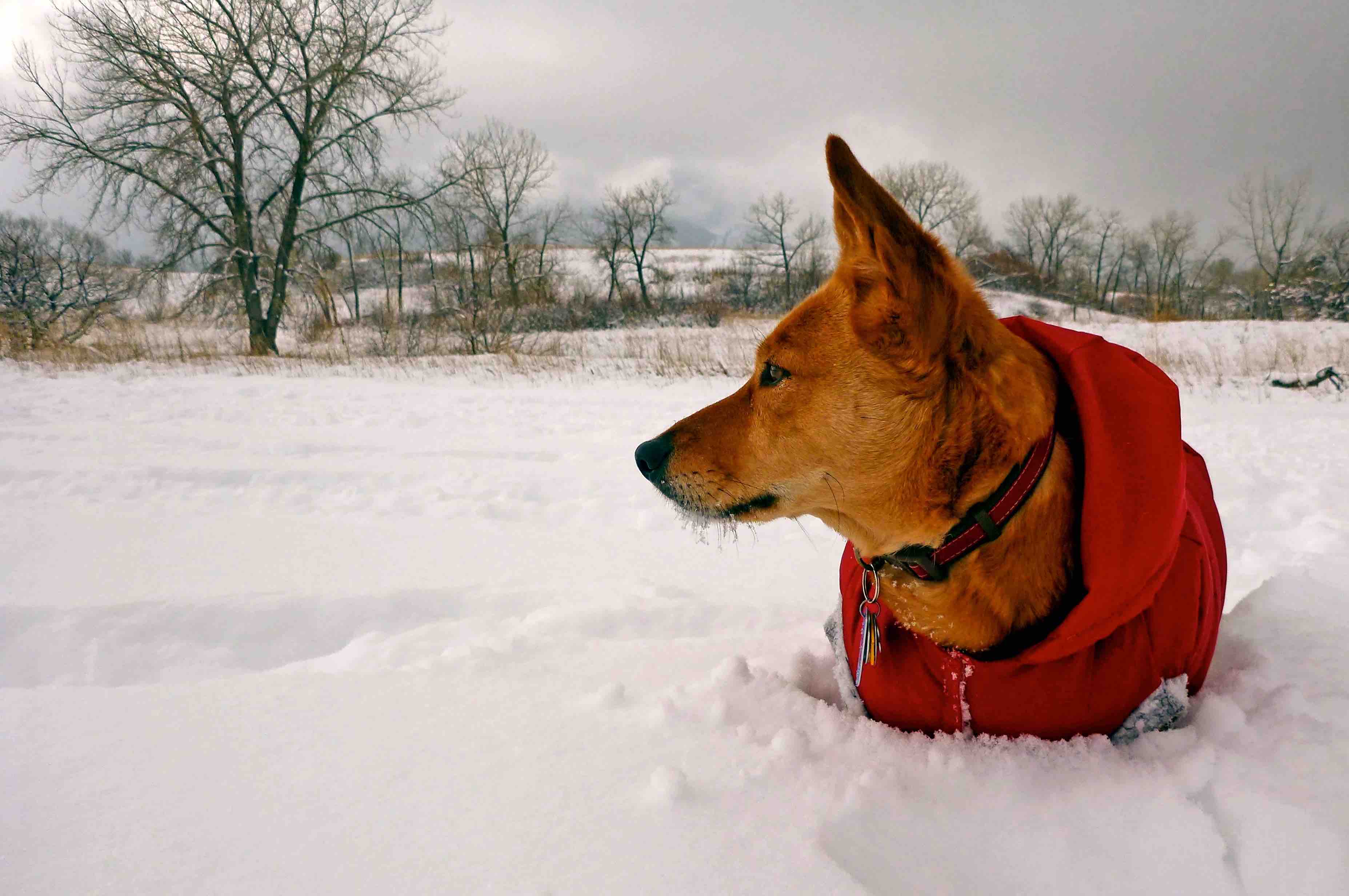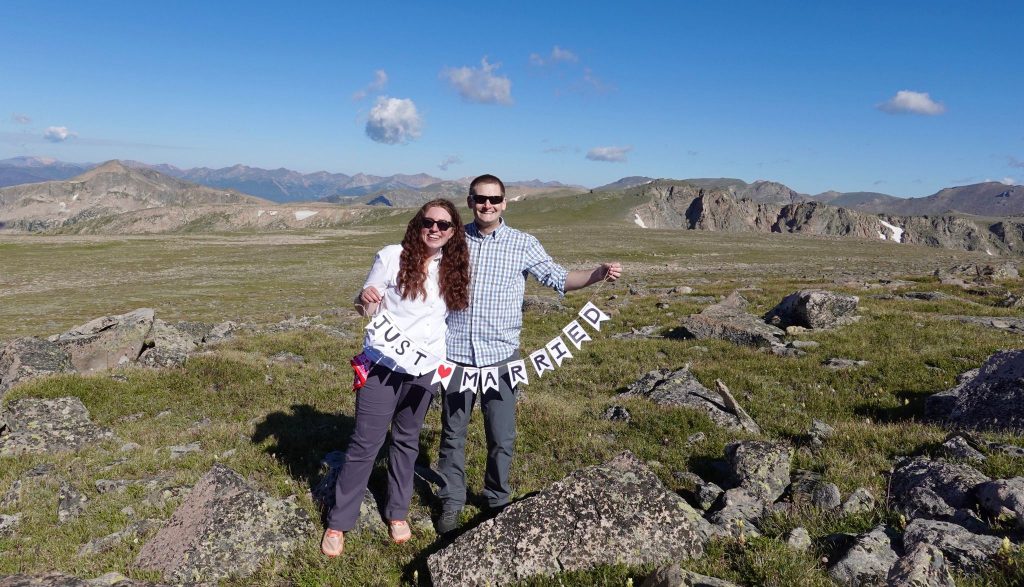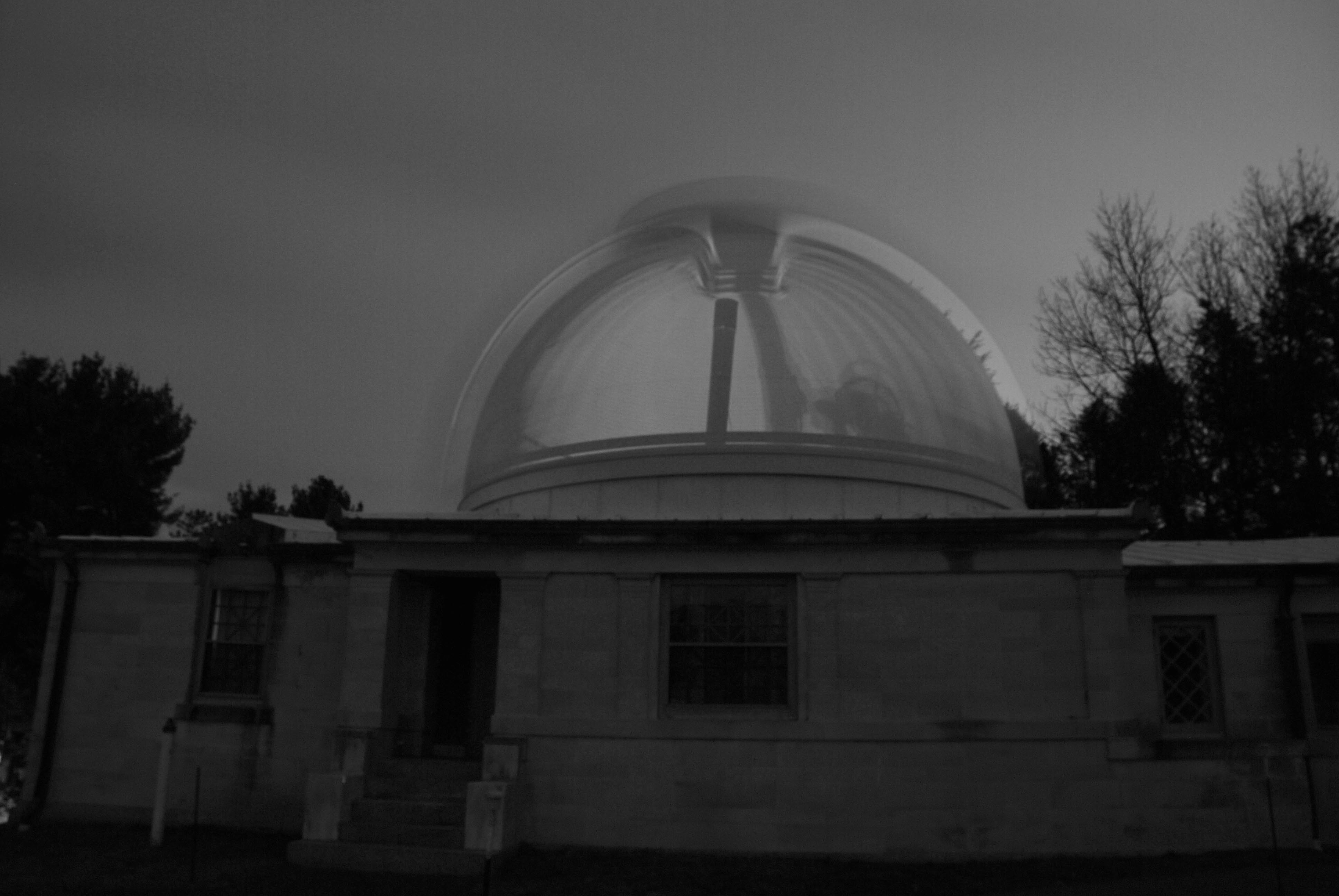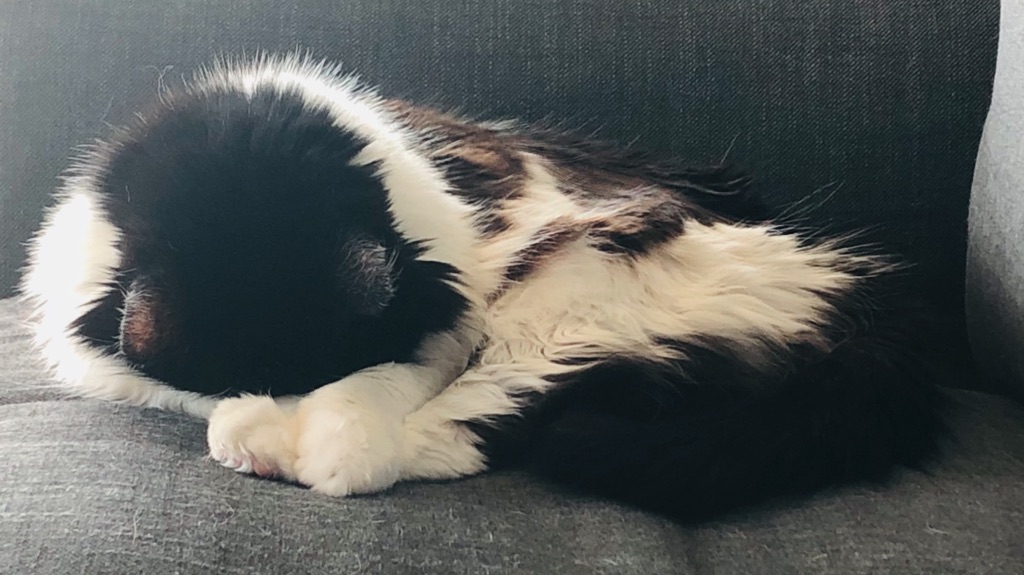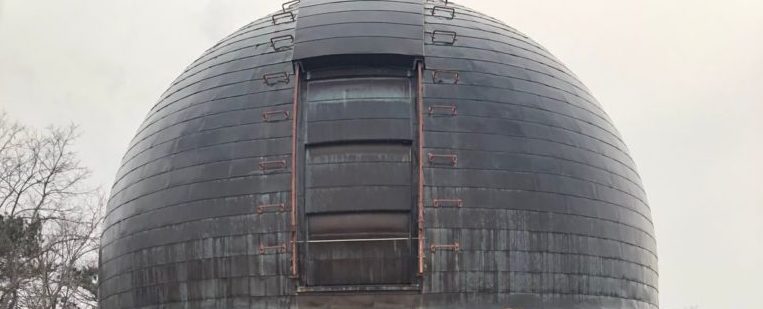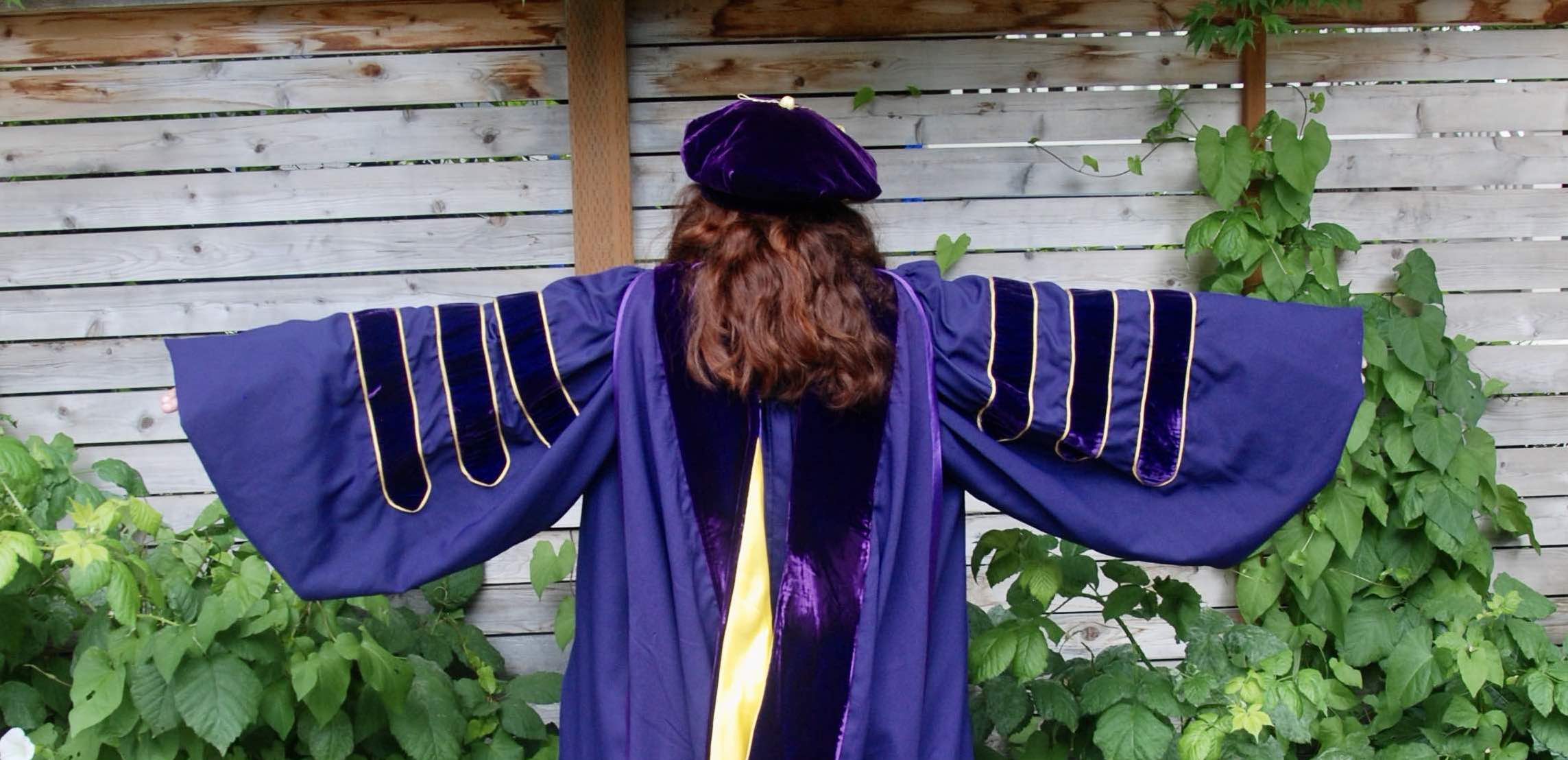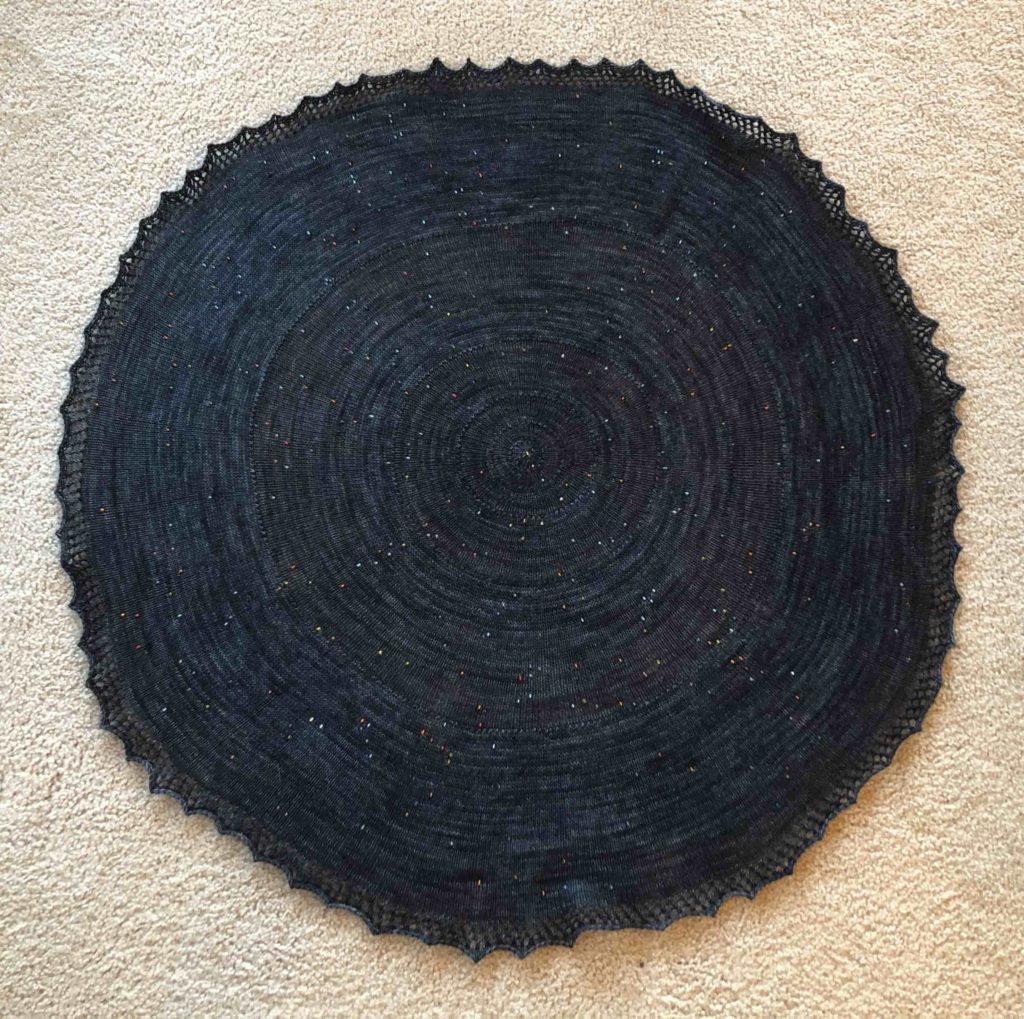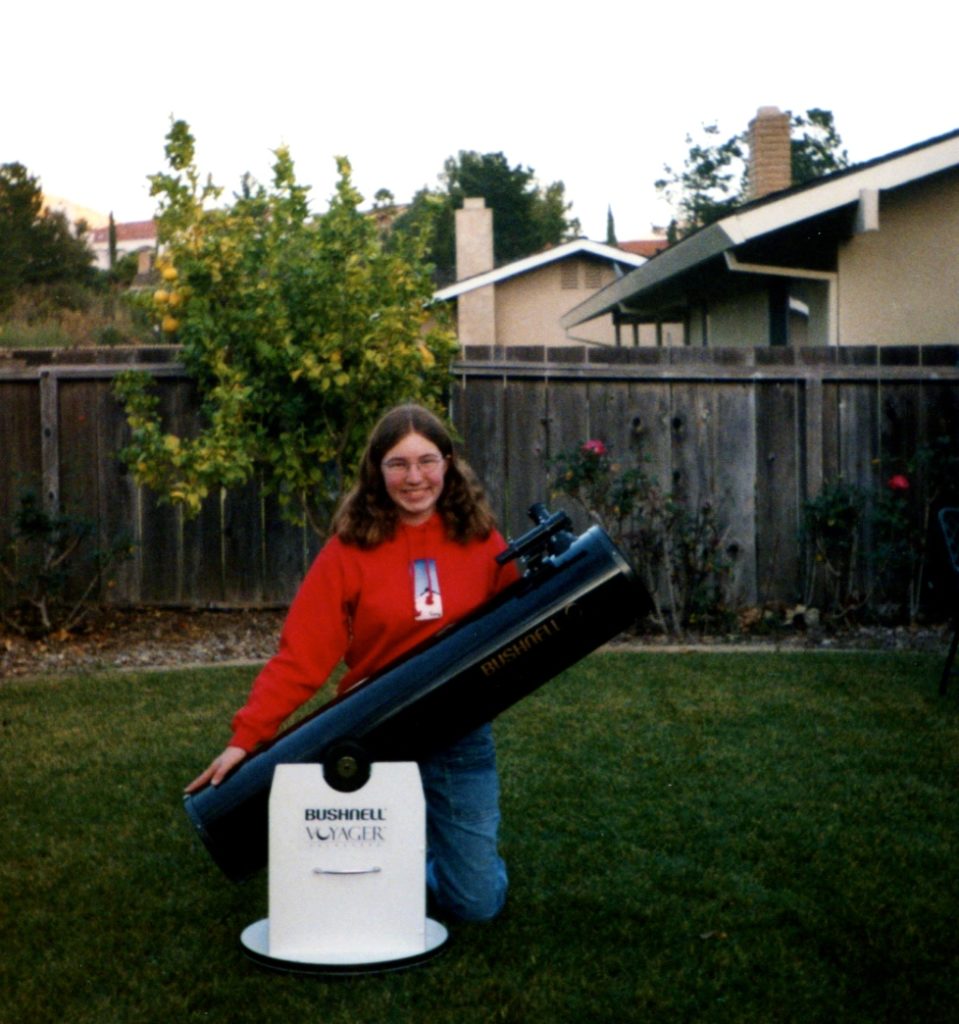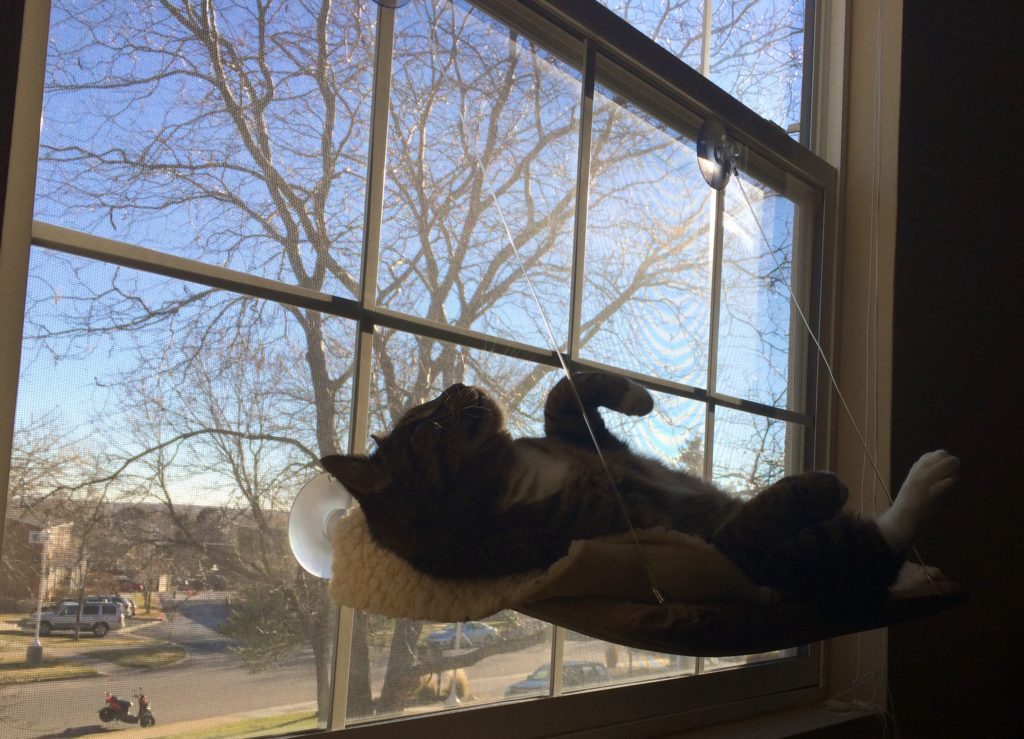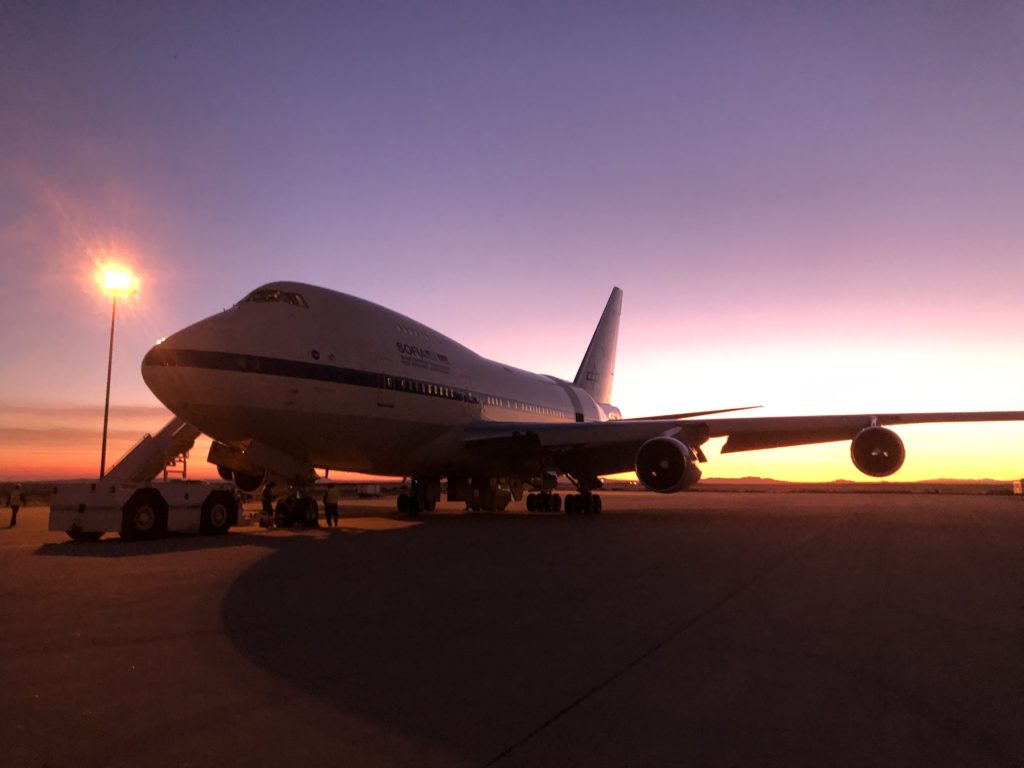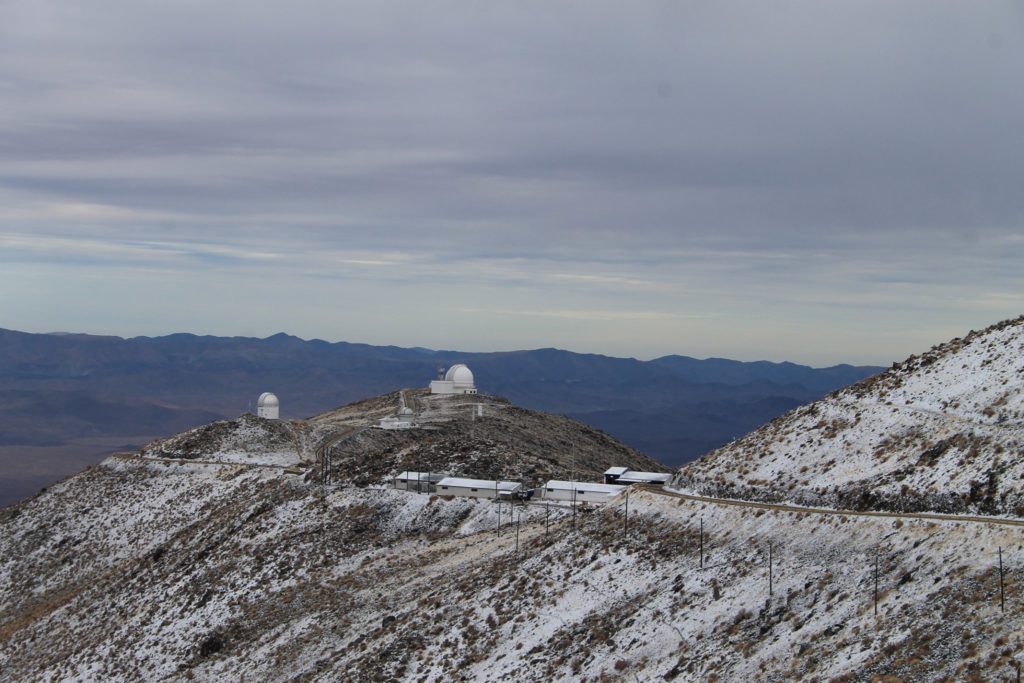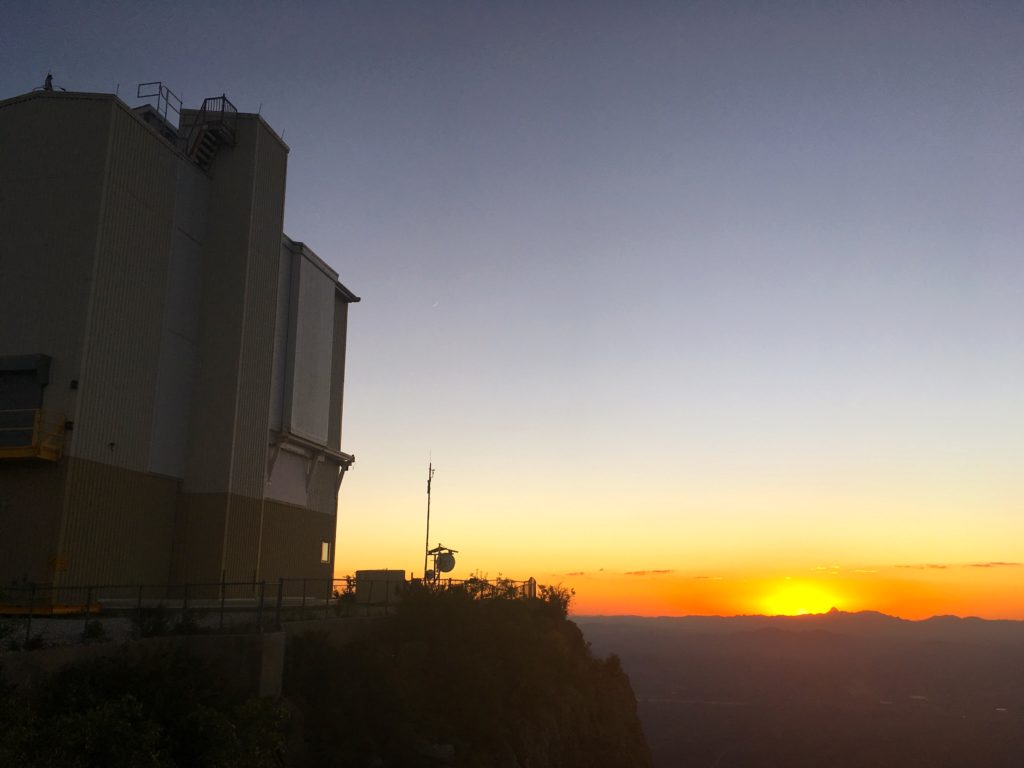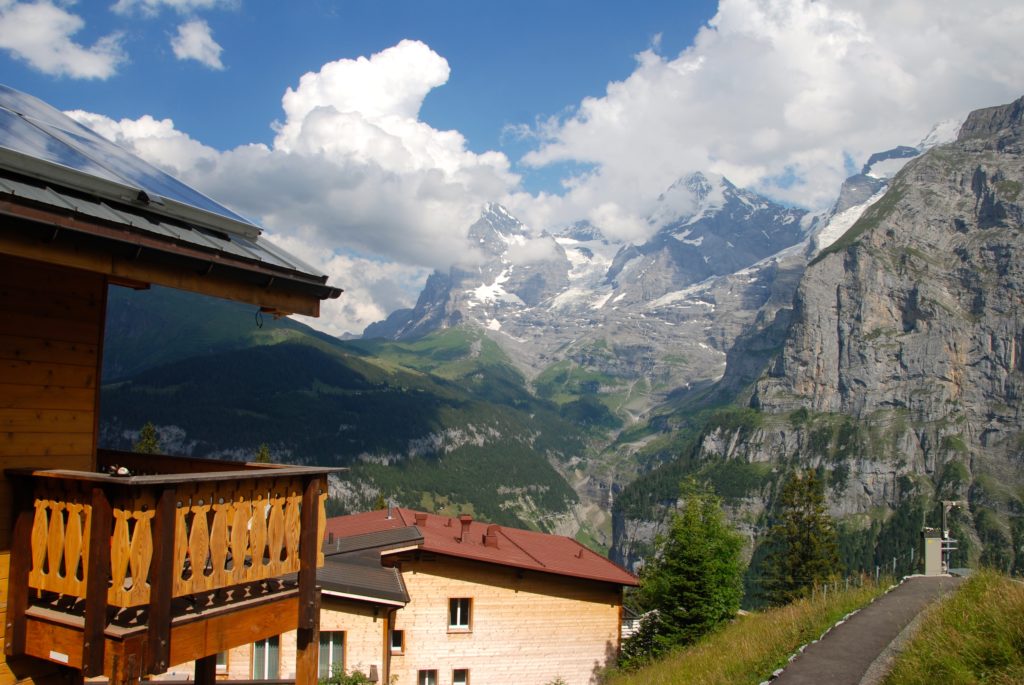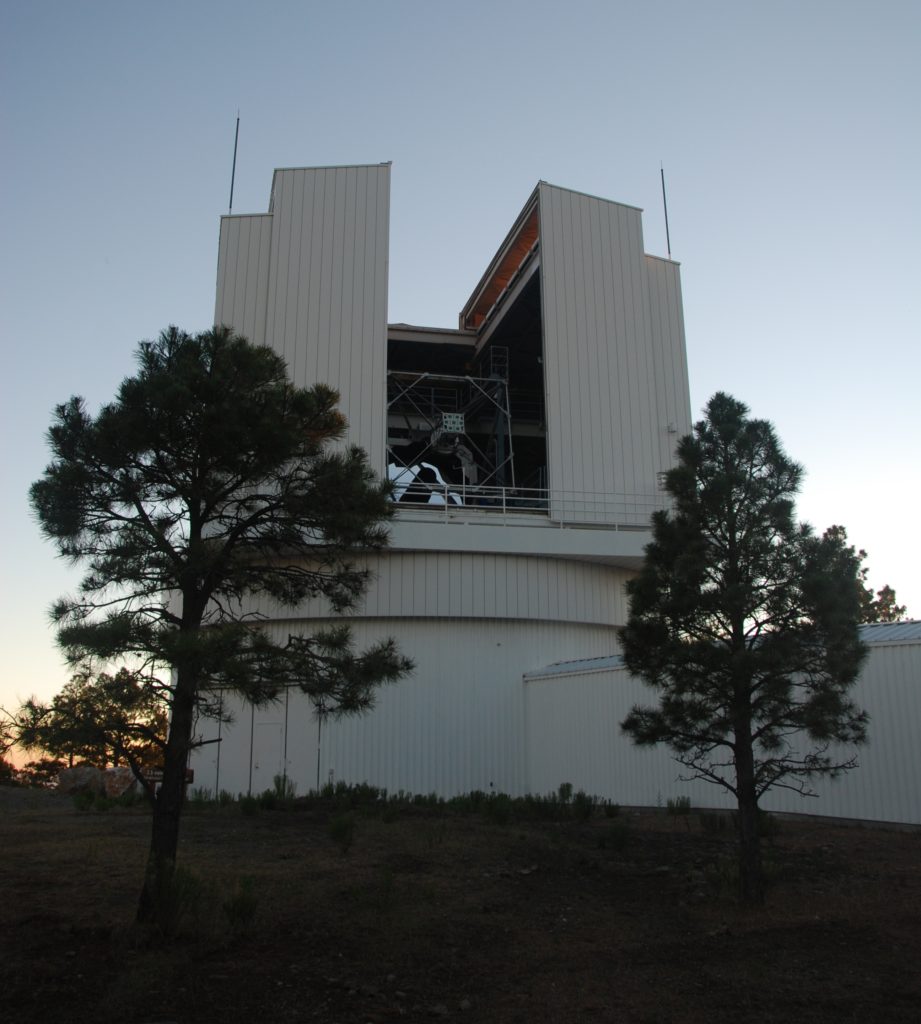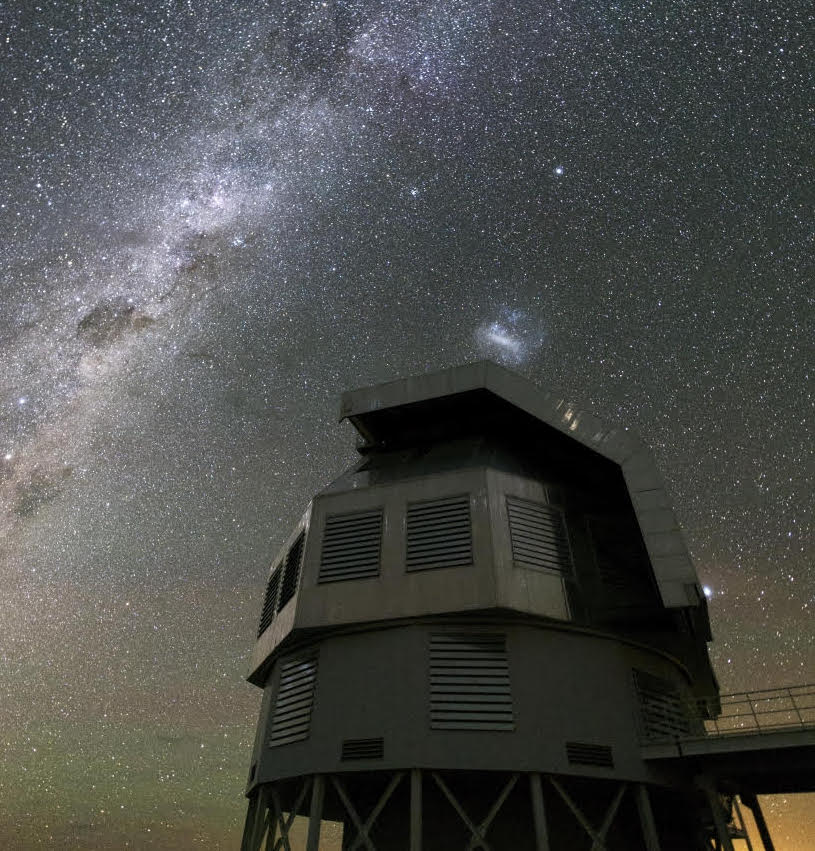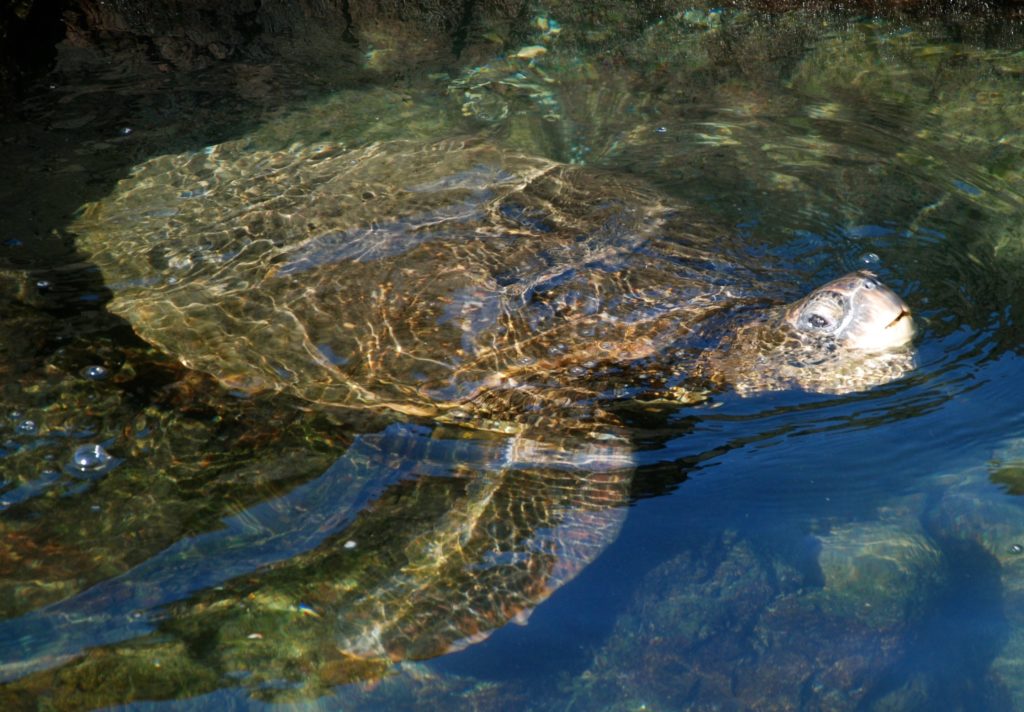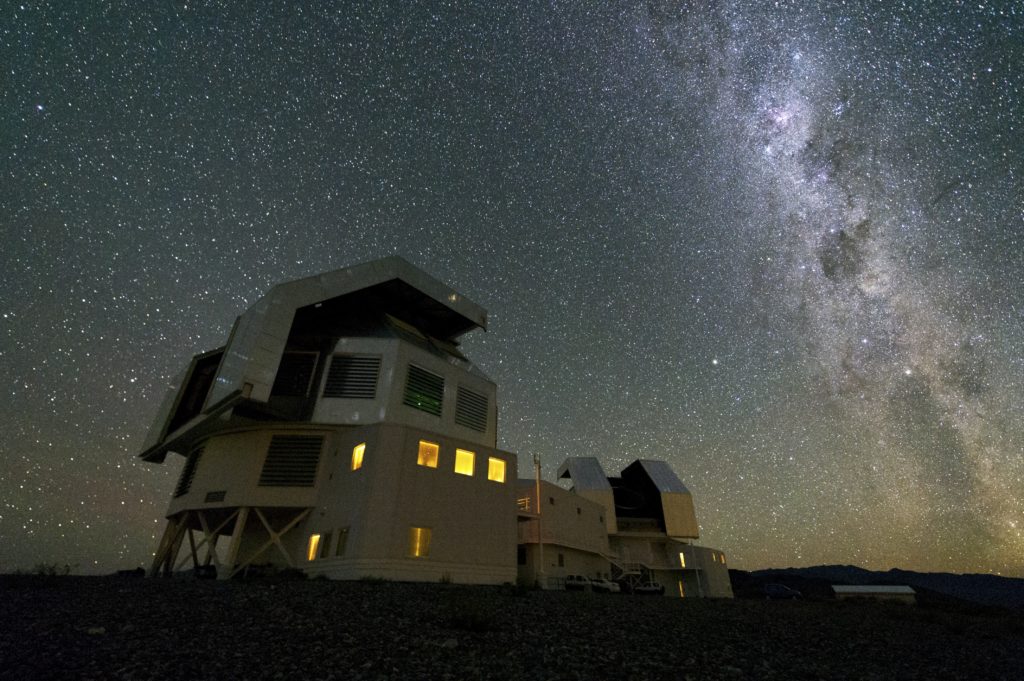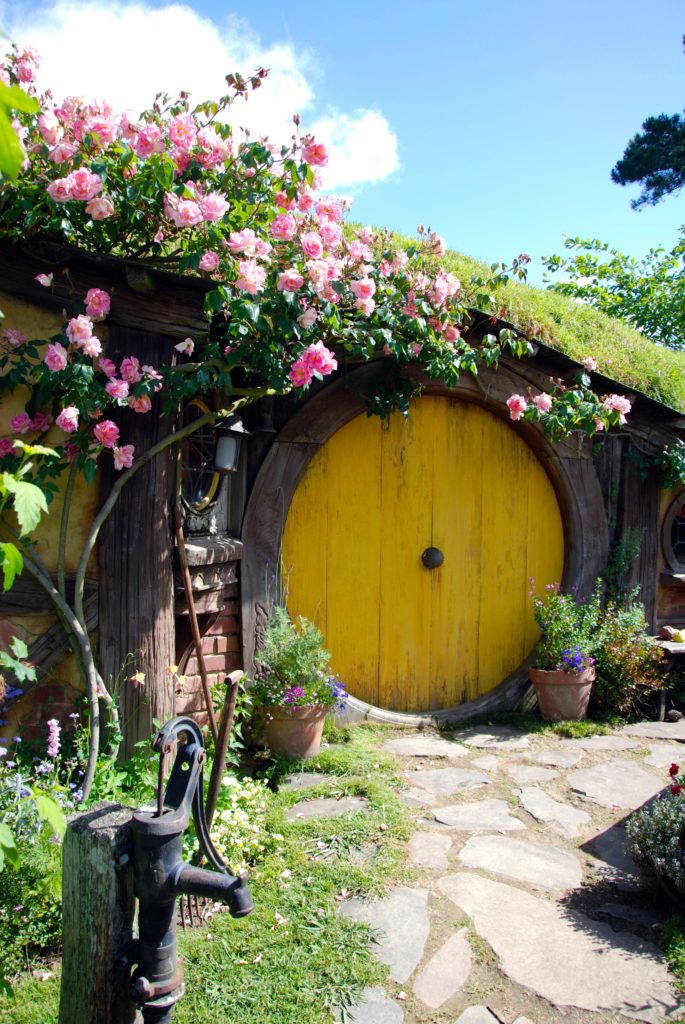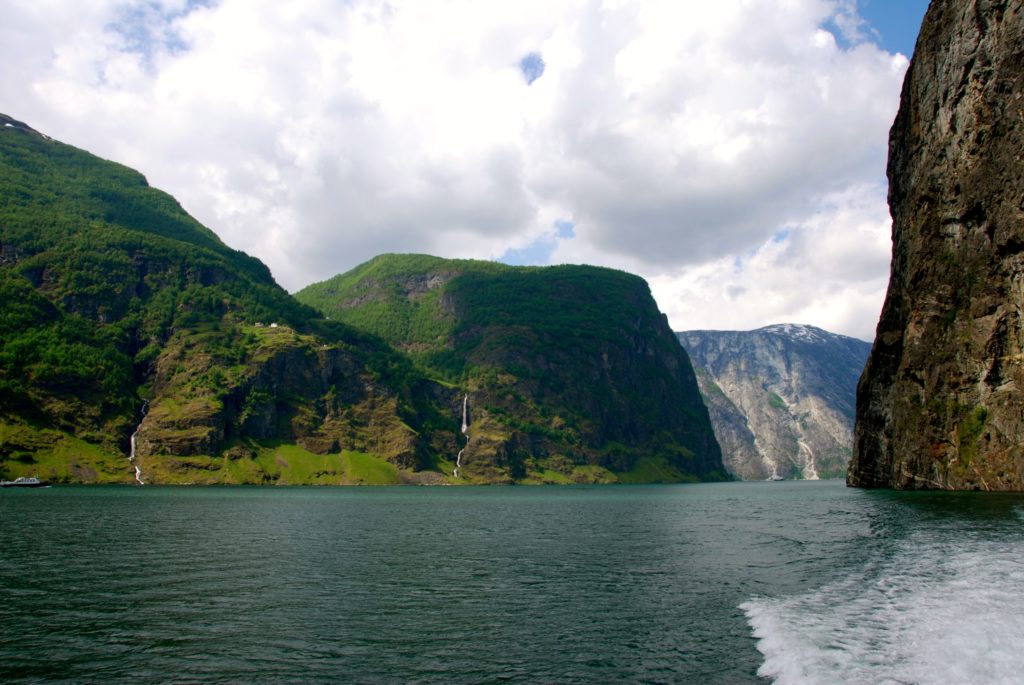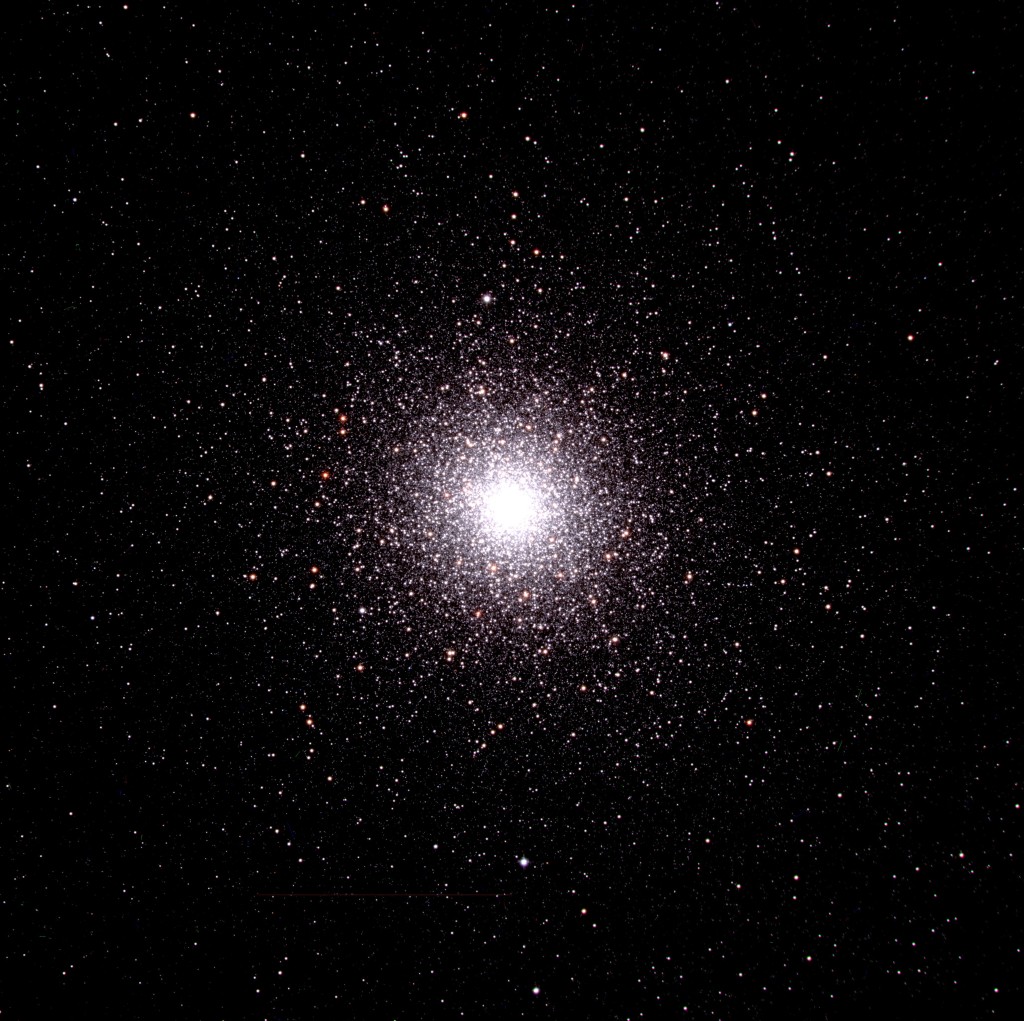-
While 2023 held more excitement than this, here are a few fun numbers: [Read More]
-
Miss Meg
Meg Neugent Winter 2010 - August 4, 2023 [Read More] -
Andy becomes a tri-pawd!
A little backstory about Andy … Garrett and I adopted Andy from Look What The Cat Brought In in Colorado Springs in late August, 2022. While he was a healthy kitty, he clearly had issues with his back right leg. He would sometimes put weight on it, but he couldn’t straighten it fully without pain. Because of this, he also didn’t jump higher than the couch. We adopted Andy knowing that we’d need to spend some time (and money) helping him heal and be as happy and pain-free as he could be. [Read More] -
New Website Hosted on Github Pages!
I recently decided to migrate my website from an AWS lightsail Wordpress instance to Github Pages (with this Beautiful Jekyll theme). While I enjoyed how my Wordpress website looked, I wasn’t a huge fan of having to maintain both the lightsail instance as well as the Wordpress site and various plugins. Back when I migrated everything from my original html website (see a screenshot of KathrynNeugent.com circa 2012 below!) to the wordpress site, I was hoping to showcase more of my photography. But, as time went on and my desire to share my photographs beyond occasional Facebook posts diminished, I... [Read More] -
Married!
On August 8, 2022 (8/8/22!), Garrett and I got married! We went for a beautiful hike up Flattop Mountain and to the base of Hallett Peak in Rocky Mountain National Park and said our vows among the marmots, pika, and ptarmigan. We then hiked down and signed the official paperwork at our home in Lafayette. It was perfect in every way! [Read More] -
Featured by Wellesley College
Thanks to being awarded the NASA Hubble Fellowship, I was featured in an article by Wellesley College! My time at Wellesley was both wonderful and very difficult, so this article gave me good chance to reflect on some of Wellesley’s positive impacts on my astronomy career. [Read More] -
Magnificent Marlowe Kitty
According to her adoption paperwork, Marlowe was born on May 17, 2011. She was surrendered to the Seattle Humane Society for the first time on December 9, 2016 due to a “change in living situation.” Her intake forms note that she had runny eyes and a history of “eye problems” that had been treated at previous clinics. She was also beginning to have teeth issues and had developed a heart murmur. She was given medication for her eyes and was ready for adoption on December 19, 2016. [Read More] -
Advance Evacuation Preparation Tips
It's much better to be over prepared than under prepared!
I hate fires. I hate everything about them. After our second *winter* wildfire scare here in Colorado, I re-evaluated our evacuation plan yet again and thought I’d write down a few suggestions of things to do *well in advance* of any evacuation. Take a weekend. Do the things. [Read More] -
NASA Hubble Postdoctoral Fellow at Harvard
Postdoc, round 2!
I’m happy to announce that I was selected as one of this year’s NASA Hubble Postdoctoral Fellows and will be starting at Harvard University in Fall 2022! I’ve additionally accepted the Smithsonian Astrophysical Observatory’s Center for Astrophysics Postdoctoral Fellowship and will combine that with the Hubble for 5 years of postdoctoral experience at the CfA! Moving plans are still TBD, but I’m excited for this next step in my career! [Read More] -
University of Washington Distinguished Dissertation Award for STEM
I’m thrilled to announce that I was awarded the University of Washington’s Distinguished Dissertation Award for Mathematics, Physical Sciences, & Engineering! Thanks so much to my advisor, Emily Levesque, and the UW astronomy department for the nomination. [Read More] -
June 2021 - The month of many conferences
AAS, GAPs, and EAS!
June 2021 has officially been the month of many (okay, three) conferences! Last week, I was an invited speaker at the American Astronomical Society’s meeting-in-a-meeting on Thorne-Żytkow objects. My thesis advisor, Emily Levesque, was given the opportunity to chose a meeting topic as part of being awarded the Pierce Prize and invited a bunch of astronomers (including Kip Thorne and Anna Żytkow!) to discuss these interesting objects. My talk focused on the observational constraints of finding TŻO progenitors and included some of my thesis work on red supergiant binaries. [Read More] -
PhD Defense
I'm now a Doctor!
On the morning of February 25th, 2021, I successfully defended my PhD dissertation entitled, “The Binary Fraction of Red Supergiants” based on my work done at the University of Washington with advisor Dr. Emily Levesque over the past three and a half years. I was initially nervous and a little disappointed that I would have to defend over Zoom as opposed to in-person, but it ended up being a wonderful experience. Friends and family from all parts of my life were able to join virtually both to watch my defense as well as celebrate with me after. Next up I... [Read More] -
Dunlap Fellow at the University of Toronto
I'm going to be a postdoc!
I’m thrilled to announce that I’ve accepted a postdoc position at the University of Toronto as a Dunlap Fellow with a tentative start date of September 1, 2021! Once we’re vaccinated, Garrett and I (and Meg and Marlowe) will be moving to Toronto, Canada for a few years while I explore more massive star research. While I’m a little apprehensive about the lack of nearby mountains, I’m excited for this new opportunity and chance to interact with new collaborators and research ideas. -
Life During A Pandemic
Usually I post about my astronomy-related activities, but I thought I’d put up a post about what I’ve been doing while staying home during the COVID-19 pandemic (spoiler alert: lots of baking and knitting). [Read More] -
MOBSTER Conference Talk
This week I attended my first entirely virtual conference! It was put on by the MOBSTER collaboration and focused mainly on stellar variability and magnetic fields of massive stars (conference website). I was invited to give a contributed talk on Binary Red Supergiants which had very little to do with either stellar variability or magnetic fields … oops! [Read More] -
Lowell's Meet An Astronomer
Interviews about red supergiants and Wolf-Rayet stars
I recently did two “Ask An Astronomer” videos for Lowell Observatory. The first was on my red supergiant thesis research: [Read More] -
Binary Red Supergiants in 90 seconds
A very quick introduction to my research!
Last week Skype a Scientist sent out a call for grad students and post docs to create 90 second videos explaining their research to the public. The best 10 were then selected to give 10 minute live-streamed talks on May 12th and it turns out they liked my video! So, here it is … with guest appearances from Meg and Marlowe :) [Read More] -
20 Years of Astronomy
From an elementary-school enthusiast to PhD astronomer
On February 2, 2000 I decided to become an astronomer. [Read More] -
The Amazing Betty Kitty
12/21/2007 - 11/15/2019 [Read More] -
Flying on SOFIA
On October 15, 2017 I got the amazing opportunity to travel on SOFIA, the Stratospheric Observatory for Infrared Astronomy. My University of Washington advisor, Emily Levesque, proposed to observe the dust of massive red supergiant stars using FORCAST, a mid-IR camera and spectrograph. My long-time collaborator Phil Massey was a co-I on the proposal and they both agreed to take me on the flight if we were awarded time. A few months ago we heard that the proposal was successful and Phil and I signed up for a flight in mid-October (Emily traveled down to New Zealand a few months... [Read More] -
A Snowy trip to Las Campanas
In early September, Phil Massey and I flew back to Las Campanas to observe for 2 nights on the Baade 6.5-m Magellan telescope using MagE, a moderate resolution optical echelle spectrograph. Though the seeing was awful (between 1.5 - 3” !!!), we still managed to find some red supergiant + B star binaries in the Magellanic Clouds. We even found two new Be star binaries! This data will eventually be used to determine the binary fraction of red supergiants for my thesis. [Read More] -
Advanced to PhD Candidacy
I'll (hopefully) be a Doctor soon!
I am now a PhD Candidate in Astronomy at the University of Washington! At UW, the general exam consists of being given a topic and learning as much as you can about the topic in a week. At the end of the week you give an hour long presentation to the department and then have a closed-door session with your committee. My topic was on “The Evolution of Interior and Surface Properties of Low and Intermediate Mass Asymptotic Giant Branch Stars.” I spent the last week learning as much as I could about AGB stars and I’m happy to say... [Read More] -
Honoring Nidia Morrell in Argentina
Some travel and a conference in honor of Nidia
I recently travelled to Bariloche, Argentina to give an invited talk on “Surveys and Properties of Wolf-Rayet Stars” at NidiaFest, a conference in honor of the 65th birthday of Nidia Morrell. I’ve observed with Nidia many times at Las Campañas and consider her one of my closest collaborators. [Read More] -
A short trip to the MMT
More RSG+B binaries!
In mid-September Phil and I made a short trip to the MMT for one night of observing on Hectospec. Sadly the guider didn’t work and we didn’t get any data (with sub-arcsecond seeing!!), but Hectospec operates in queue mode so we weren’t totally out of luck. In fact, the night after we left one of our fields was observed. I just finished up a methods paper detailing how to photometrically detect red supergiant + b star binaries and these observations confirmed that my method worked! Pretty exciting … and now time for a new paper! -
Working with the Geneva Evolutionary Group
A trip to Switzerland for work and travel
In early July I travelled to Geneva, Switzerland to work with the Geneva Evolutionary Group on understanding the luminosity function of Red Supergiants (RSGs) in M31. We had previously obtained telescope time on UKIRT on Mauna Kea in Hawaii to observe thousands of RSGs. After photometrically separating the ones in M31 out from the foreground stars we were able to determine their luminosities. We can then learn about the mass-loss rates of RSGs from the slope of a simple histogram plot. I travelled to Geneva to compare our observational results with the evolutionary group’s model predictions. There is a paper... [Read More] -
Observing trip to Apache Point Observatory
Looking for Galactic binary RSGs
In late June I went down to New Mexico to do a training run on the 3.5m at Apache Point Observatory. For three nights I took spectra of red supergiants with the hopes of finding binary companions. While my science wasn’t incredibly successful, we made up for it by putting an eyepiece on the telescope to look at the Ring Nebula, M13, Jupiter, Saturn, Mars and the Moon. Now that I’m trained I can observe remotely from UW but I’ll be back next year as part of the UW observing class. -
A Runaway Yellow Supergiant in the Small Magellanic Cloud
Lots of press coverage ... but were we right?
My collaborators and I have a paper in press on a runaway Yellow Supergiant star in the Small Magellanic Cloud (see here). We found a 200 solar radii star hurdling its way through space at 300,000 miles / hour! Because this is pretty cool, we issued a press release describing our discovery. I did an interview with the University of Washington and it has since been picked up by quite a few sources including I Freaking Love Science, Newsweek, Sky & Telescope, Phys.org, and EarthSky.org. I was even interviewed for a podcast! [Read More] -
Priority Visitors on Gemini North
(featuring sea turtles!)
In mid-October Phil Massey and I went to Hawaii to observe on 8-m Gemini North as priority visitors. This meant we acted like queue observers in exchange for getting the chance to observe our own Wolf-Rayets under pristine Mauna Kea conditions. Sadly, these conditions never occurred but I still got to see volcanos, sea turtles, and really big telescopes on the top of Mauna Kea. -
Master's Thesis Defense and Paper
More about those strange WN3/O3 stars
Today I successfully defended my Master’s Thesis on the strange Wolf-Rayet stars I found in the Large Magellanic Cloud. Additionally, the paper based on this thesis was accepted for publication in the ApJ! You can find it here: WN3/O3. [Read More] -
University of Washington Acceptance!
I'm going to graduate school (again)!
I’m thrilled to announce that I’ve been accepted into the University of Washington Astronomy PhD program for Fall 2017! After all of these years of working towards “officially” entering the field of astronomy, I’m very excited about this next step. Here’s to the future! [Read More] -
Back at Las Campanas
A successful observing run looking for Wolf-Rayet stars
I recently returned from a trip to Las Campanas Observatory where my collaborators and I finished up a four year project searching for Wolf-Rayet stars in the Magellanic Clouds using the 1-meter Swope telescope. We have a few half nights on the Baade Magellan telescope in less than a month to hopefully confirm any candidate Wolf-Rayets we may have found as part of this survey. So far we’ve found around a dozen new Wolf-Rayet stars as well as an entirely new class of Wolf-Rayet stars. So, I’d say the survey has been pretty successful! -
New Zealand Massive Stars Conference
A wonderful conference in a very special place
In the end of November I journeyed to Auckland, New Zealand to present my work at a Massive Stars conference. In addition to the conference, I also did a little vacationing before hand. My friend and I visited Hobbiton, Rotorua, Taupo, and Hot Water beach. Hopefully the next Massive Star “beach meeting” is in an exciting location! -
Trip to Europe and Scandinavia
Some research, a conference, and a vacation!
In early June I traveled to Chicheley Hall in the English countryside to present my work on WN3/O3 Wolf-Rayets at the Bridging the gap: from massive stars to supernovae meeting. In addition to learning more about these stars from an evolutionary standpoint, I additionally got the chance to do some traveling! I extended my trip by a bit and visited Stonehenge before heading on over to Scandinavia. There I saw the Norwegian fjords as well as Oslo, Stockholm, Uppsala, and Copenhagen. -
10th Trip to Las Campanas Observatory
A long observing run in less than ideal weather
My November 2015 trip to Chile marks the 10th time I’ve traveled down to Las Campanas Observatory to observe massive stars in the Magellanic Clouds. The current run involves 10 nights on the 40” Swope using narrow band interference filters to search for Wolf-Rayet stars in the SMC and LMC. We then have two nights on the 6.5m Baade Magellan Telescope to spectroscopically confirm new Wolf-Rayets as well as make a few follow-up observations of previously discovered Wolf-Rayets. Sadly, El Nino brought bad weather to the usually crystal-clear Chilean skies. We’ve been closed due to clouds for the last couple... [Read More] -
Observing at the MMT
Searching for Wolf-Rayet binaries on the 6.5m MMT
Even though I’m now a NAU grad student doing my masters thesis on asteroids, I’m continuing my massive star research with Phil Massey. One of the upsides of this collaboration is that I still get to tag along on observing runs. Tonight we’re observing Wolf-Rayet binaries at the MMT down near Tucson, AZ. The last 19 nights have been clouded / rained out but apparently I brought some good luck – Phil and I have clear skies and 0.4” seeing! This observing run has also been a great opportunity to test out my new camera. Right after astronomical twilight, I went outside, pointed... [Read More] -
Off to Europe
A Wolf-Rayet conference in Potsdam, Germany
Pretty soon I’ll be packing my bags to head back to Europe for another astronomy conference. After Greece in 2013, and Switzerland in 2014, Phil and I are now headed off to Potsdam, Germany for a conference on Wolf-Rayet stars! Phil will be giving an invited talk on Wolf-Rayet surveys and I’ll be giving a talk on our newly discovered WN3/O3 stars and how I’ve been using CMFGEN to characterize their physical parameters. [Read More] -
Going to NAU for my MS in Physics
Back to graduate school (again)!
This August I’ll be moving back to Flagstaff, AZ to attend Northern Arizona University and work towards my Masters in Applied Physics with asteroid-extraordinaire David Trilling as my advisor. While I’ve enjoyed researching massive stars for the past 6 years, it will be fun to focus my research on asteroids again! And, I hear there’s a massive star meeting in New Zealand coming up in 2016 so I don’t think I’ll totally abandon my massive star research …
